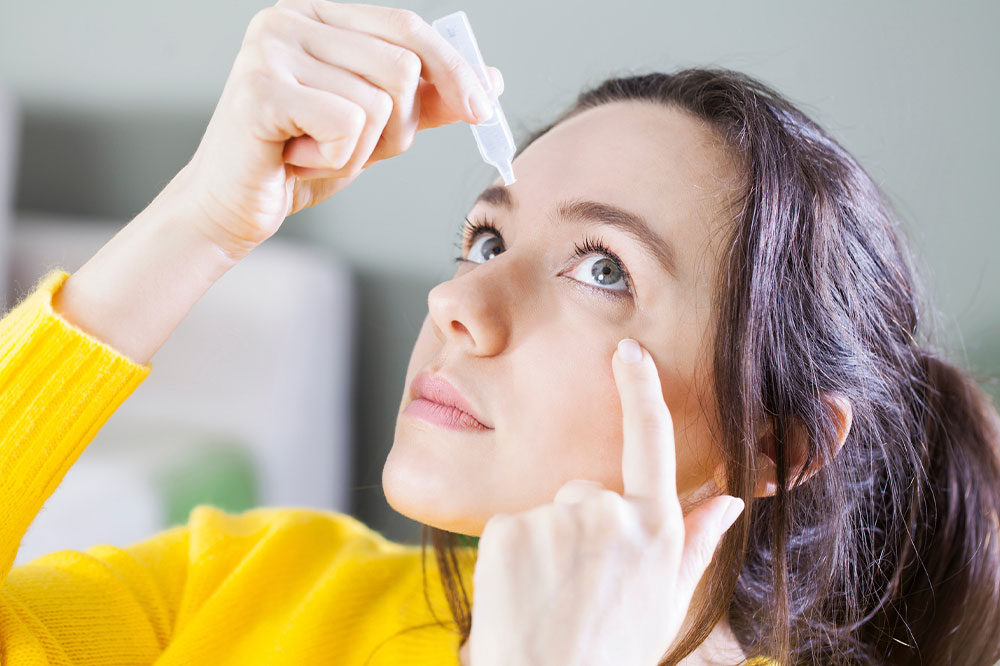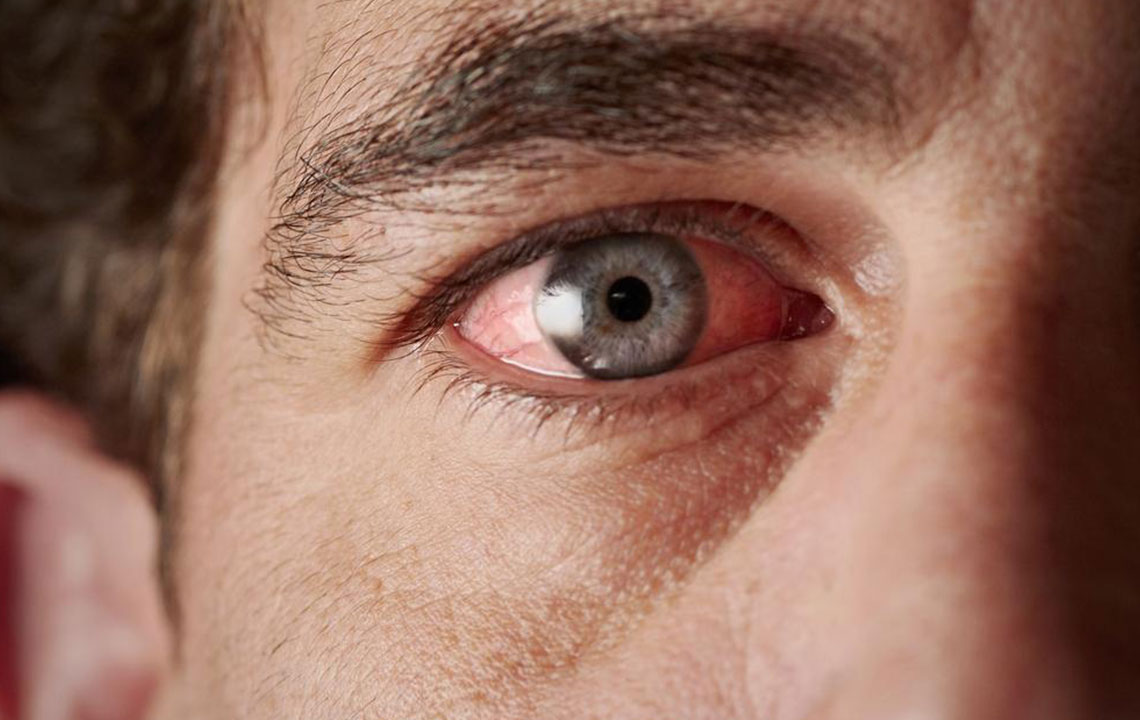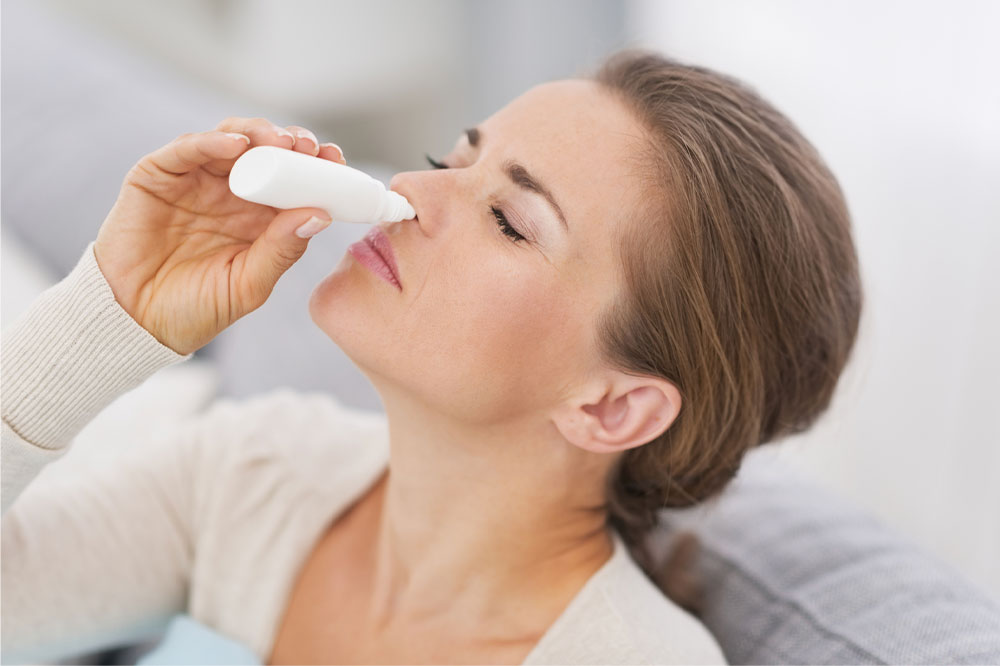Comprehensive Guide to Eye Allergies: Recognizing Symptoms, Identifying Causes, and Exploring Effective Remedies
This comprehensive article explores eye allergies, detailing their symptoms, common triggers, and effective remedies. It emphasizes the importance of early recognition and professional treatment to effectively manage symptoms such as redness, itching, swelling, and tearing. The guide covers allergen sources like pollen, dust mites, pet dander, and mold, and offers practical prevention and treatment tips, including eye hygiene, medication, and lifestyle adjustments. Perfect for anyone seeking in-depth knowledge to alleviate eye allergy discomfort and protect eye health.

Comprehensive Guide to Eye Allergies: Recognizing Symptoms, Identifying Causes, and Exploring Effective Remedies
Eye allergies, also known as allergic conjunctivitis, represent a common condition affecting millions of people worldwide. This condition occurs when the immune system overreacts to certain environmental allergens, leading to inflammation, discomfort, and a range of irritating symptoms. Understanding the underlying causes, recognizing symptoms early, and knowing the most effective treatment options are crucial steps toward alleviating discomfort and maintaining healthy vision. In this extensive guide, we delve into the details of eye allergies, including their symptoms, common triggers, prevention strategies, and remedies to help you manage and reduce their impact on your daily life.
Introduction to Eye Allergies
Eye allergies are a form of allergic reaction that specifically affects the eyes. They are caused by an improper immune response to various allergens present in the environment, triggering inflammation and irritation of the conjunctiva—the thin membrane lining the eyelids and covering the eyeball. This condition is not only uncomfortable but also affects quality of life, especially for individuals who are prone to allergic reactions or have existing sensitivities.
Common Symptoms of Eye Allergies and How to Recognize Them
Identifying eye allergy symptoms early can lead to more effective treatment and relief. Typical symptoms often resemble other eye conditions, so understanding the signs is vital:
Redness of the eyes: Bloodshot or inflamed-looking eyes are a hallmark symptom.
Excessive tearing: Watery eyes occur as the body's response to irritants.
Swelling of eyelids: Puffiness and swelling around the eyes are common during allergic reactions.
Burning or stinging sensations: A feeling of discomfort, akin to burning or stinging, often accompanies allergies.
Sensitivity to light: Photophobia can develop, making bright lights uncomfortable.
Blurred vision: Temporary vision disturbances may occur due to swelling or irritation.
Nasal congestion and runny nose: Allergens often cause related symptoms, such as a stuffy nose and sneezing.
Sensation of grit or sand: A foreign body feeling can be persistent.
If you observe these symptoms, especially if they persist or worsen, it is advisable to consult an eye care professional to obtain a precise diagnosis. While these signs are characteristic of allergies, other conditions such as infections or dry eye syndrome can mimic them, so professional assessment is crucial.
Causes and Triggers of Eye Allergies
Understanding what causes eye allergies can help in both prevention and management. These allergic reactions result from an overactive immune response to specific environmental allergens, which can vary from person to person. Common triggers include:
Pollen: From trees, grasses, weeds, and flowers, pollen is a primary airborne allergen especially during spring and summer months.
Dust mites: Tiny microscopic organisms that thrive in bedding, upholstery, carpets, and soft furnishings, releasing proteins that provoke allergic reactions.
Pet dander: Skin flakes, saliva, and urine from cats, dogs, and other pets can become airborne and trigger reactions in sensitive individuals.
Mold spores: Mold thrives in damp environments like basements, bathrooms, and around plumbing, releasing spores into the air that can cause allergy symptoms.
Cosmetics and eye care products: Certain makeup, eye creams, mascara, and eye drops contain ingredients that can cause allergic responses.
Environmental pollutants: Cigarette smoke, air pollution, smog, and strong chemical scents irritate the eyes and exacerbate allergies.
Contact lenses and hygiene: Improper use, poor hygiene, or wearing contact lenses for prolonged periods can irritate the eyes and trigger allergic reactions.
Weather conditions: Weather factors such as wind, dryness, and dust storms increase allergen dispersal and can dry out the eyes, making symptoms worse.
By minimizing exposure to these triggers—such as using air purifiers, maintaining cleanliness, and avoiding allergens—you can significantly reduce the frequency and severity of eye allergy episodes. Following comprehensive treatment plans prescribed by healthcare professionals and practicing good eye hygiene are essential in managing allergies effectively.
Types of Allergic Reactions Around the Eyes
Reaction types can vary depending on the sensitivity and exposure level, with common manifestations including:
Contact dermatitis: Red, itchy, and swollen skin around the eyes resulting from direct contact with allergens or irritants like cosmetics or cleaning products.
Allergic conjunctivitis: The most common form, involving inflammation of the conjunctiva causing redness, swelling, watering, and irritation.
Touch dermatitis: Skin reactions triggered by contact with allergenic substances, including certain eye drops or cosmetic products.
Angioedema: Rapid swelling beneath the skin layers around the eyes, which may be severe and require immediate medical attention.
Periorbital eczema: Dryness, redness, cracking, and itching of the skin surrounding the eyes caused by prolonged allergen exposure.
If you suspect an allergic reaction, seeking medical advice is essential. Avoiding known triggers and adopting preventive measures can help reduce the risk of severe allergic episodes.
Effective Treatment Options for Eye Allergies
Managing eye allergies involves a combination of lifestyle adjustments, medication, and preventive strategies. Here are the most effective approaches:
Prescription eye drops: Healthcare professionals often recommend antihistamine eye drops, mast cell stabilizers, or anti-inflammatory drops to reduce swelling, itching, and redness.
Cold compresses: Applying a cool, damp cloth over closed eyes can alleviate swelling and soothe irritation quickly.
Avoidance of allergens: Identifying specific triggers such as pollen, dust, or pet dander and minimizing exposure through air purifiers, keeping windows closed during high pollen seasons, and regular cleaning.
Maintaining eye hygiene: Regularly washing hands, avoiding rubbing the eyes, and using clean linens and pillowcases help prevent allergen accumulation and reduce irritation.
Oral allergy medications: Antihistamines and leukotriene receptor antagonists can help control systemic allergy symptoms that may affect the eyes.
Environmental control: Using humidifiers, air purifiers, and avoiding smoking or exposure to chemical fumes helps create a cleaner environment.
For persistent or severe symptoms, consult a healthcare professional to explore additional treatment options, which may include steroid eye drops or immunotherapy. Proper management and vigilance can significantly improve comfort and protect your eye health from long-term damage.
In conclusion, understanding eye allergies’ symptoms, triggers, and remedies equips individuals with the knowledge needed to prevent discomfort and maintain healthy vision. With prompt diagnosis, effective treatment, and lifestyle adjustments, managing eye allergies becomes achievable, allowing you to enjoy clear, irritation-free days.





